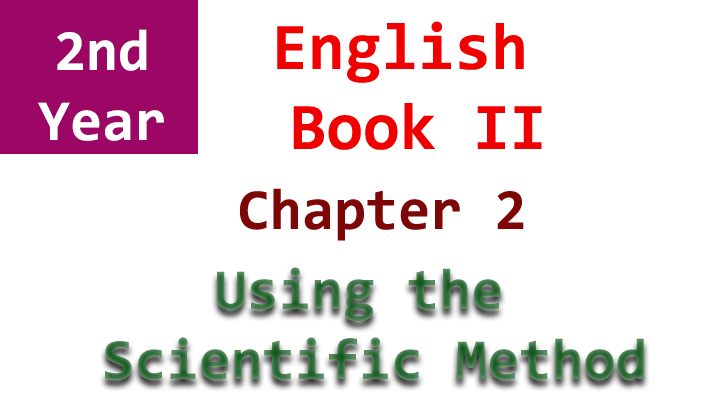Lesson 2: Using the Scientific Method by Darrel Barnard & Lon Edwards. The lesson emphasizes the significant impact of the scientific method on improving living conditions and changing people’s lives. It highlights the transformation in our understanding of various phenomena, leading to advancements in health, food production, home construction, and communication and transportation.
The lesson discusses the historical context, noting that our ancestors faced uncertainties and high mortality rates, especially among infants. Two hundred years ago, a child had only one chance in eight of surviving the first year of life, and common diseases like smallpox, measles, whooping cough, scarlet fever, and diphtheria posed serious threats. The overall life expectancy was considerably lower, and diseases spread easily within communities.
The scientific method played a crucial role in addressing these challenges. Today, babies are born in hospitals with reduced risk of disease, and preventive measures such as vaccinations protect against various illnesses. The application of the scientific method has significantly increased life expectancy, with people now expecting to live close to seventy years, adding more than thirty years to the average lifespan. The lesson concludes by encouraging individuals to understand how the scientific method has contributed to these improvements and how they can apply it in their daily lives for better problem-solving.

